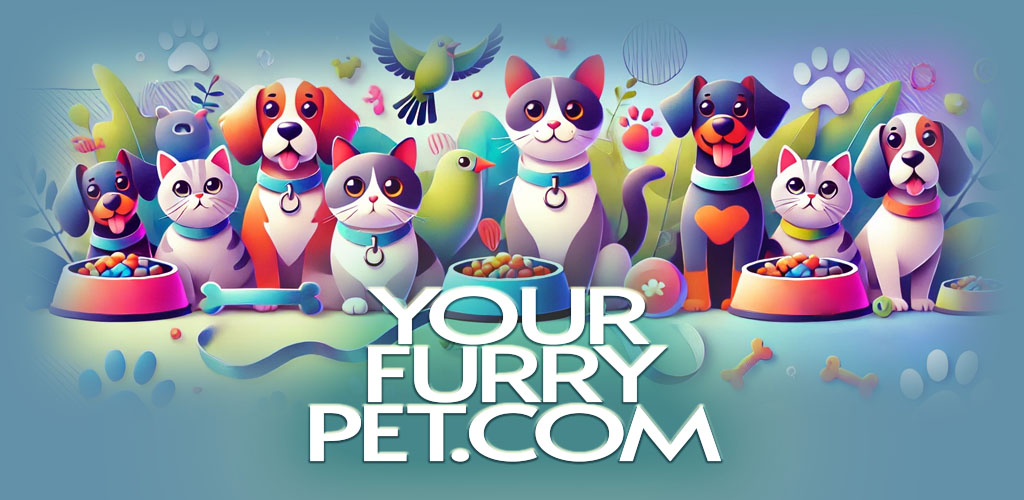Not all drooling is cause for concern. Cats, like humans, can produce excess saliva in response to various stimuli. The key is distinguishing between physiological drooling (normal, situational responses) and pathological drooling (caused by illness or injury).
Occasional Drooling: Harmless or Not?
Many cats drool slightly when:
- Deeply relaxed (e.g., during purring or kneading)
- Anticipating food (a conditioned response to mealtime cues)
- Exposed to strong smells (such as catnip or fish)
This type of drooling is typically clear, thin, and short-lived. The cat remains alert, eats normally, and shows no signs of distress.
Excessive Drooling: Red Flags to Watch For
Abnormal drooling may present as:
- Thick, sticky, or foul-smelling saliva
- Constant dripping, even when not eating or relaxed
- Accompanying symptoms (pawing at the mouth, lethargy, bad breath)
If drooling is persistent or paired with other concerning behaviors, it’s time to investigate further.
Common Causes of Drooling in Cats
1. Physiological Reasons
The “Happy Drool” Phenomenon
Some cats drool when extremely content, often while being petted or curled up in a favorite spot. Theories suggest that:
- Endorphin release relaxes facial muscles, allowing saliva to escape.
- Kneading behavior (a throwback to kittenhood nursing) may stimulate salivary glands.
Food-Related Drooling
Just like Pavlov’s dogs, cats can associate certain sounds (like a can opener) with mealtime, triggering anticipatory drooling.
2. Environmental Triggers
- Bitter tastes (e.g., after licking a medication or cleaning product)
- Strong odors (perfumes, essential oils, or citrus scents)
These usually cause short-term drooling as the cat tries to clear the unpleasant sensation.
Medical Causes of Excessive Drooling
1. Oral Health Issues
Dental problems are among the most common causes of abnormal drooling.
Gingivitis & Periodontitis
Inflamed gums lead to pain and excessive saliva production. Signs include:
- Red, swollen gums
- Reluctance to eat hard food
- Blood in saliva
Tooth Abscesses & Fractures
A broken or infected tooth can cause severe pain, leading to drooling and pawing at the mouth.
2. Toxin Ingestion
Cats are sensitive to many household toxins, including:
- Lilies (extremely poisonous, even in small amounts)
- Antifreeze (sweet-tasting but deadly)
- Human medications (NSAIDs, antidepressants)
Drooling is often the first sign of poisoning, followed by vomiting, tremors, or collapse. Immediate vet care is critical.
3. Neurological Disorders
Conditions affecting the nervous system can impair swallowing, leading to drooling. Possible causes:
- Nerve damage (from trauma or tumors)
- Seizures (post-ictal drooling is common)
- Dysphagia (difficulty swallowing)
4. Infections & Systemic Illnesses
- Upper respiratory infections (causing nasal discharge that leads to drooling)
- Kidney disease (toxin buildup can cause mouth ulcers and excess salivation)
When to Worry: Emergency Signs
Seek immediate veterinary attention if your cat exhibits:
✔ Blood in saliva
✔ Sudden, unexplained heavy drooling
✔ Difficulty breathing or swallowing
✔ Lethargy, vomiting, or loss of appetite
These symptoms could indicate poisoning, oral trauma, or a severe infection.
When to Chill: Benign Drooling Scenarios
Some drooling is completely normal. Don’t panic if your cat:
✔ Drools a little while purring or kneading
✔ Has a small wet spot after a nap
✔ Stops drooling quickly and acts normally otherwise
Diagnosing the Cause of Drooling
A vet will typically:
- Examine the mouth (checking for dental disease, foreign objects, or ulcers).
- Run blood tests (to detect infections, kidney issues, or toxins).
- Perform imaging (X-rays or ultrasounds if neurological or structural problems are suspected).
Treatment & Prevention
Medical Treatments
- Dental cleaning or extractions for oral disease
- IV fluids & activated charcoal for toxin exposure
- Antibiotics or anti-inflammatories for infections
Preventive Measures
- Brush your cat’s teeth regularly.
- Keep toxic plants & chemicals out of reach.
- Schedule annual vet check-ups.
Myths About Cat Drooling
❌ “All drooling means happiness.”
→ While some cats drool when content, excessive drooling is often medical.
❌ “Only dogs drool—cats shouldn’t at all.”
→ Light drooling can be normal, but heavy drooling is unusual.
Final Thoughts
Drooling in cats exists on a spectrum—from harmless quirks to urgent health alerts. By observing context, frequency, and accompanying symptoms, you can determine whether your cat needs a vet visit or simply a soft towel.
Stay vigilant, but don’t overreact. With the right knowledge, you’ll know exactly when to worry—and when to just let your cat enjoy their blissful, drooly moments.

